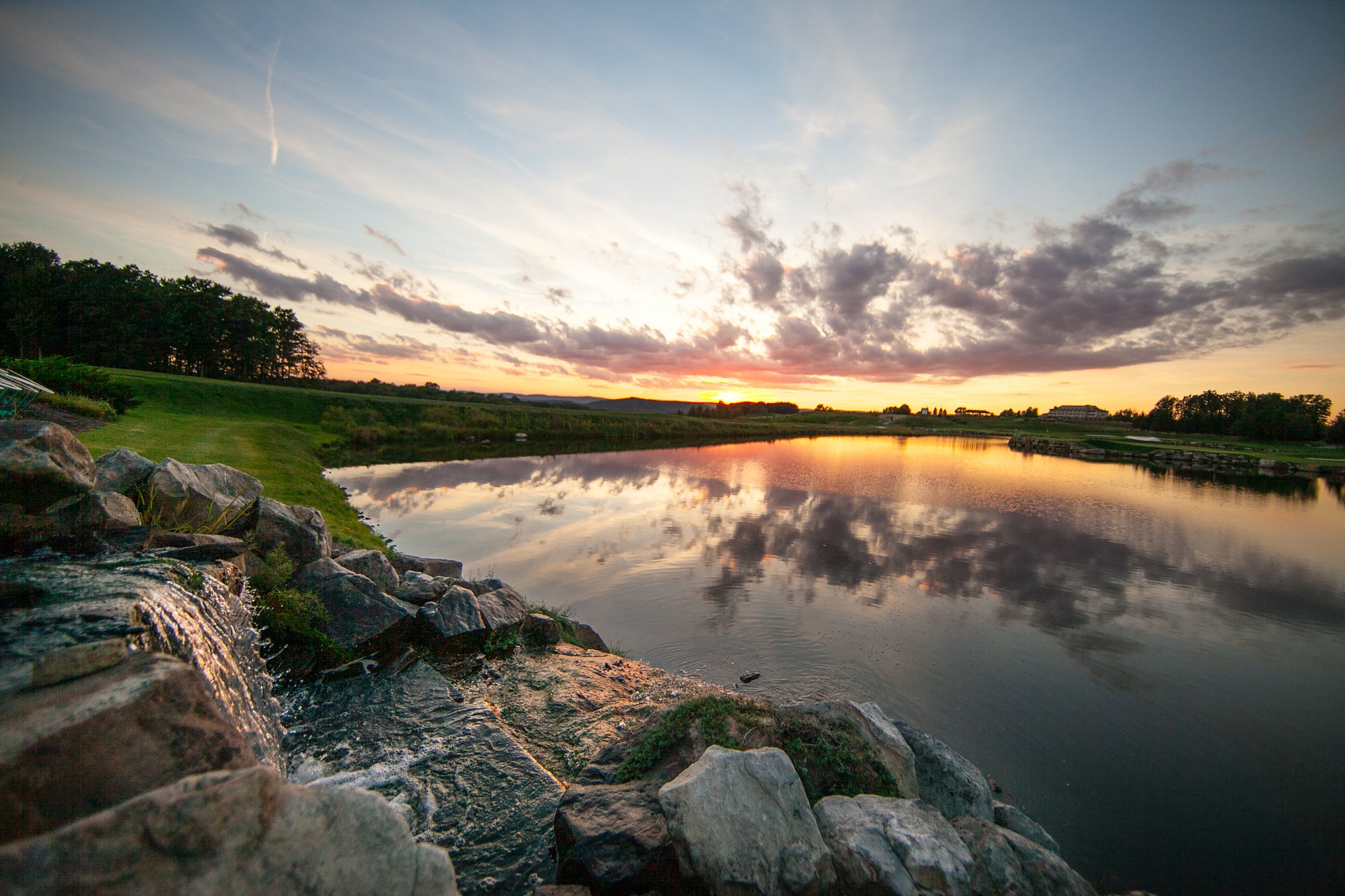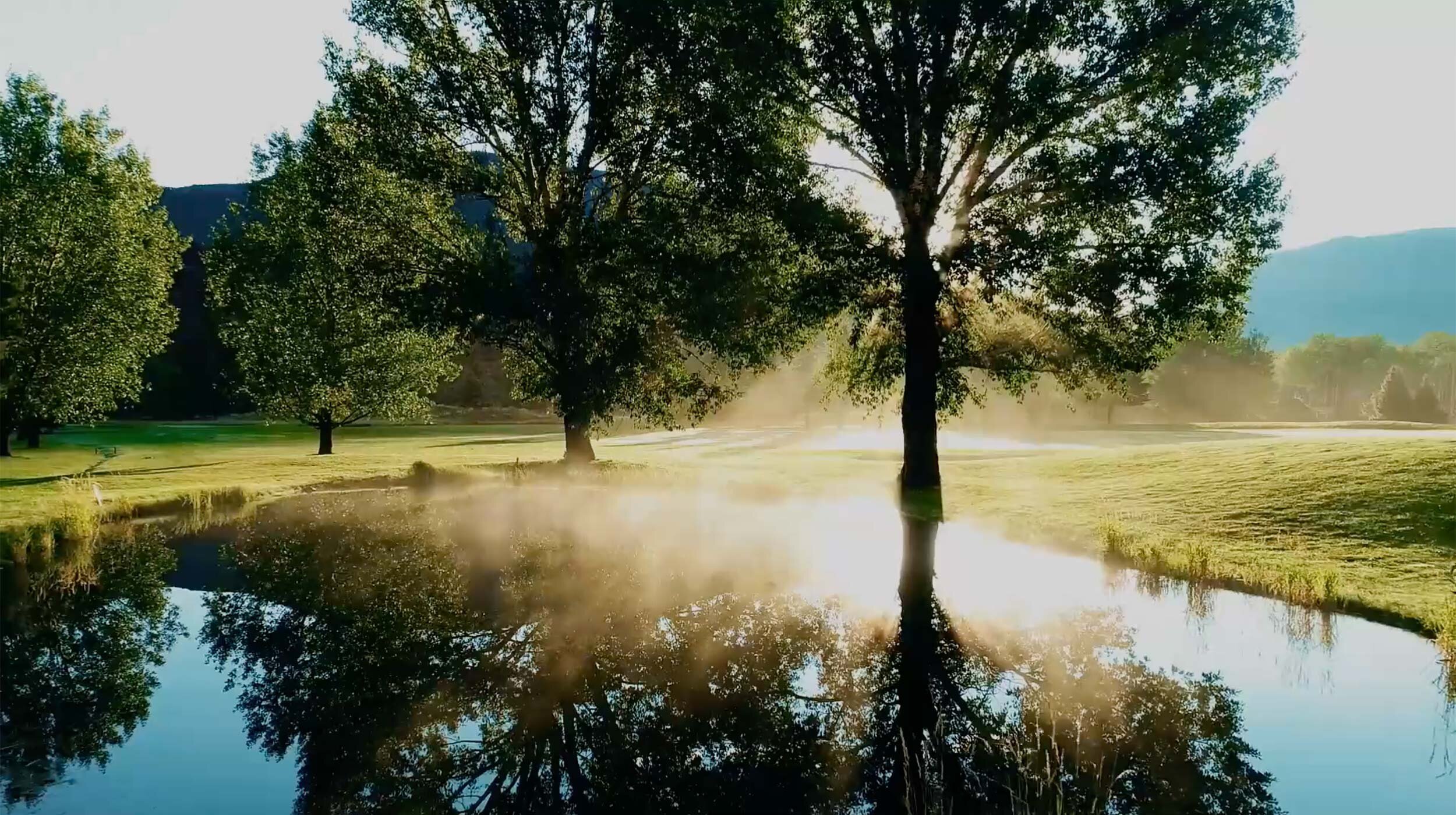
Creating Sustainable
Environments
Leading the Way in Environmental Stewardship
Audubon International is a leading non-profit organization committed to promoting sustainable practices and environmental stewardship.

Why us?
Comprehensive Certification
We offer robust certification programs that set high standards for environmental performance, helping your organization achieve sustainable management practices recognized globally.
Environmental Impact
By partnering with us, you can significantly reduce your environmental footprint, enhance natural habitats, and contribute to a healthier planet, demonstrating your commitment to sustainability.
Enhanced Reputation
A certification from Audubon International elevates your organization’s public image, attracting environmentally conscious customers and stakeholders, and showcasing your leadership in environmental stewardship.
Comprehensive and Recognized
Audubon International's certification programs are designed to meet rigorous environmental standards, ensuring your organization implements sustainable practices that are globally recognized and respected.
Explore our directory of certified members who are leading the way in environmental stewardship.
Stay informed about the latest in sustainability and environmental stewardship.

READ OUR LATEST NEWS
Subscribe
Sign up for our newsletter today and get the latest news from Audubon International.










